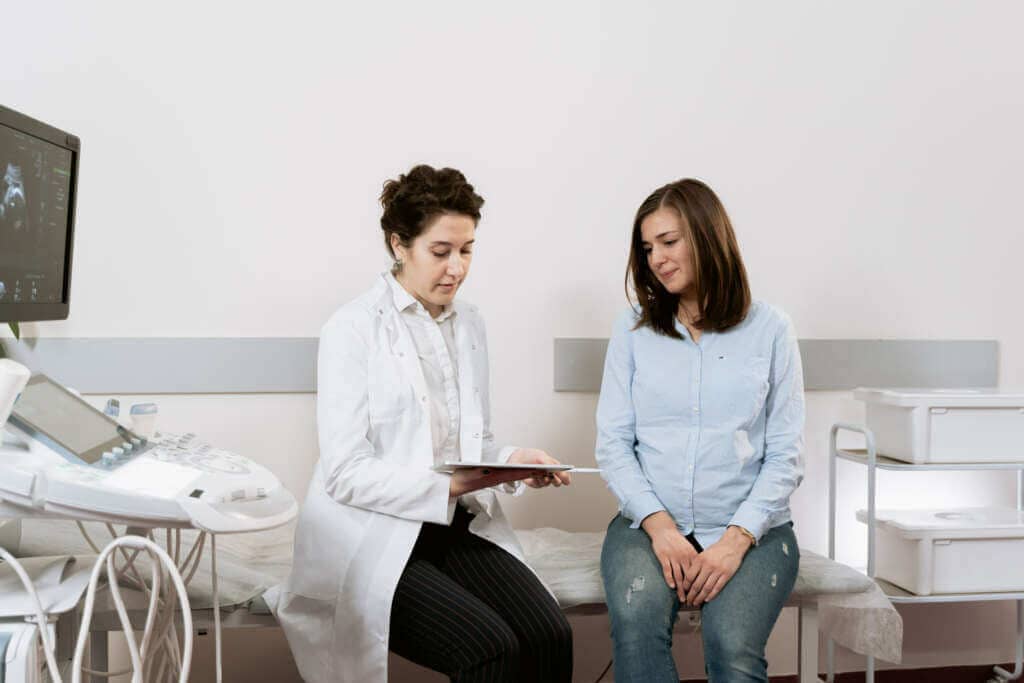Cord blood is the blood from the baby that is left in the umbilical cord and placenta after birth. It contains special cells called hematopoietic stem cells that can be used to treat some types of diseases.
What are hematopoietic stem cells?
Most cells can make copies only of themselves. For example, a skin cell only can make another skin cell. Hematopoietic stem cells, however, can mature into different types of blood cells in the body. Hematopoietic stem cells also are found in blood and bone marrow in adults and children.
How can hematopoietic stem cells be used to treat disease?
Hematopoietic stem cells can be used to treat more than 70 types of diseases, including diseases of the immune system, genetic disorders, neurologic disorders, and some forms of cancer, including leukemia and lymphoma. For some of these diseases, stem cells are the primary treatment. For others, treatment with stem cells may be used when other treatments have not worked or in experimental research programs.
What are the advantages of using cord blood to treat disease?
Using the stem cells in cord blood to treat a disease has the following benefits compared with using those in bone marrow:
What are the disadvantages of using cord blood to treat disease?
A disadvantage of cord blood is that it does not contain many stem cells. Units from several donors can be combined to increase the number of stem cells if a transplant is needed for an adult.
What is an autologous transplant?
In an autologous transplant, the cord blood collected at birth is used by that same child. This type of transplant is rare for the following reasons:
What is an allogenic transplant?
In an allogenic transplant, another person’s stem cells are used to treat a child’s disease. This kind of transplant is more likely to be done than an autologous transplant. In an allogenic transplant, the donor can be a relative or be unrelated to the child.
For an allogenic transplant to work, there has to be a good match between donor and recipient. A donor is a good match when certain things about his or her cells and the recipient’s cells are alike. If the match is not good, the recipient’s immune system may reject the donated cells. If the cells are rejected, the transplant does not work.
How is cord blood stored?
Cord blood is kept in one of two types of banks: public or private. They differ in important ways that may affect your choice.
What are public cord blood banks?
Public cord blood banks store cord blood for allogenic transplants. They do not charge to store cord blood. The stem cells in the donated cord blood can be used by anyone who matches. Some public banks will store cord blood for directed donation if you have a family member who has a disease that could potentially be treated with stem cells.
How is cord blood handled by public banks?
Donors to public banks must be screened for blood or immune system disorders or other problems. With a cord blood donation, the mother’s blood is tested for genetic disorders and infections, and the cord blood also is tested after it is collected. Once it arrives at the blood bank, cord blood is tracked by computer so that it can be found quickly for any person who matches when needed.
What are private cord blood banks?
Private or family banks store cord blood for autologous use or directed donation for a family member. Private banks charge a yearly fee for storage. Blood stored in a private bank must meet the same standards as blood stored in a public bank. If you have a family member with a disorder that may potentially be treated with stem cells, some private banks will store the cord blood free of charge.
What steps need to be done before cord blood is collected?
If you choose a private bank, you will sign a contract and pay a fee before the baby is born.
How is cord blood collected?
Cord blood is collected by your obstetrician–gynecologist (ob-gyn) or the staff at the hospital where you give birth. After the baby is born, the umbilical cord is cut and clamped. Blood is drawn from the cord with a needle that has a bag attached. The process takes about 10 minutes.
Not all hospitals offer this service. Some charge a separate fee that may or may not be covered by insurance.
What problems can occur with cord blood collection?
Sometimes, not enough cord blood can be collected. This can happen if the baby is preterm or if it is decided to delay clamping of the umbilical cord. It also can happen for no clear reason. Also, if an emergency occurs during delivery, priority is given to caring for you and your baby over collecting cord blood.
What else should I think about when deciding whether to donate or store cord blood?






